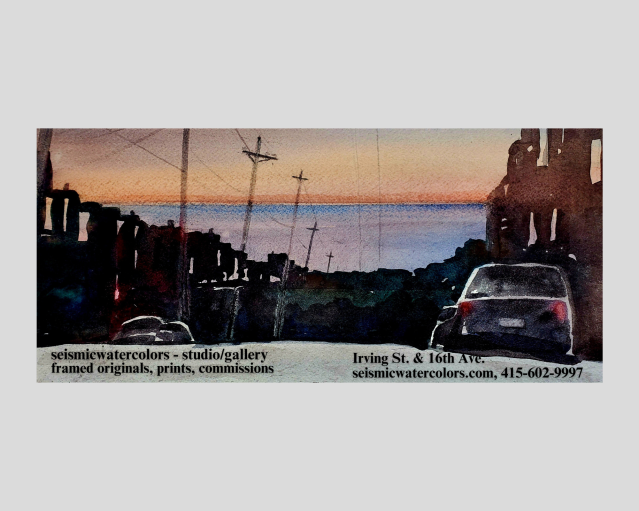Housing for artists needed
by Andrew Boghossian, Juliana Green and Lois Shaw
As students in San Francisco during its tech stardom, we have witnessed major changes in the City and we fear that skyrocketing housing prices, caused in part by the tech industry, are driving the arts and culture out.
The inadequacy of public resources for the arts can be seen in the uneven dispersal of arts and cultural centers throughout San Francisco. Public facilities, like the African American Art and Cultural Complex, Queer Cultural Center, Bayview Opera House Ruth Williams Memorial Theater, Mission Cultural Center for Latino Arts, SOMArts and Asian Pacific Islander Cultural Center, are concentrated on the east side of the City – leaving communities and people in the western half of the City without public cultural and arts centers.
The value of these centers lay in their ability to build community by offering classes, art exhibitions and performances.
Another issue with these centers is that their target populations can no longer afford to live in San Francisco. As young, wealthy “techies” move into the area, long-time residents are being pushed out through evictions and rising rent costs.
This isn’t only the case with people who find their artistic freedom at public arts and cultural centers, but a problem for artists as a whole. In the past few decades, rising real estate values in cities, especially San Francisco, have forced artists to downsize, take on multiple jobs or leave the City altogether.
In the ’80s, San Francisco saw a significant decrease in the number of artists living in the City. In response, the city passed a live-work ordinance in 1988, which loosened restrictions on loft-style housing, allowing live-work lofts in areas zoned for industrial use and exempting developers from regulations, including compliance with the Americans with Disabilities Act. This allowed developers to keep costs down, but instead of creating cheaper housing, developers sold the units to affluent non-artist buyers to maximize profits.
One source estimates that only five to 10 percent of the 3,000 units created under the “live-work ordinance” were truly used by artists for live-work purposes.
The program was put on pause in 1999 and later the moratorium was extended indefinitely. As of 2013, neither the City nor the SF Arts Commission has proposed plans for future artist housing.
To provide affordable housing for artists, the City needs to loosen zoning restrictions exclusively for non-profit organizations that give preference to people who genuinely plan on using the space for artistic purposes.
Some examples of successful organizations providing low-income housing and studio space for artists include Project Artaud and ArtSpace. However, even under this system, some leaders within the arts community fear that artist enclaves would only cause real estate prices to rise further.
In an article for the San Francisco Public Press, Victor Valle writes: “When artists move in, nearby property values become red-hot and the original artists are forced to leave as the neighborhood rapidly gentrifies.”
Artist and community organizer Nancy Hom says, “creative placemaking sounds nice in theory, but in practice, it is sometimes creative dis-placemaking.”
Perhaps the biggest challenge for bringing (or keeping) an arts community in the City is the ever-rising cost of living in San Francisco, especially rent. The growing power of tech companies has made it difficult for those who aren’t in a high-income bracket to afford to stay. In fact, a study reported by SFGate found that, in 2017, the income required to live comfortably — on a 50 percent necessities, 30 percent discretionary and 20 percent savings basis — was more than $110,000, while the group Attom Data Solutions found that people in the San Francisco metro area spend about 77 percent of their salary on average to pay rent, far more than the national average of 39 percent. Clearly, most young artists are not making six figures.
Andrew Boghossian, Juliana Green and Lois Shaw are San Francisco high school students.
Categories: Commentary
















